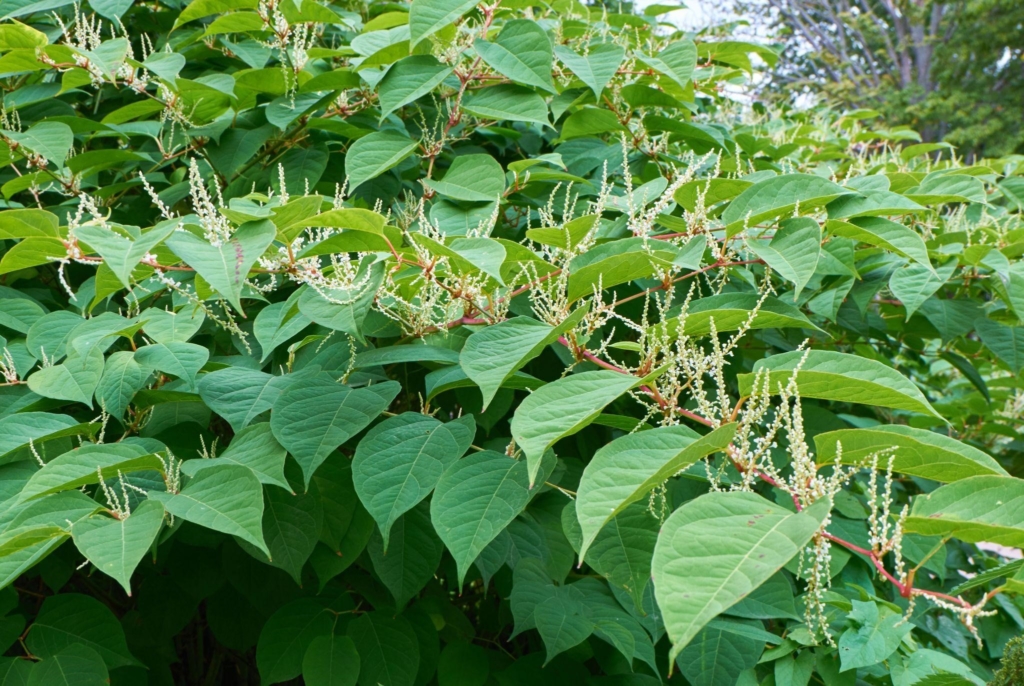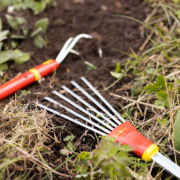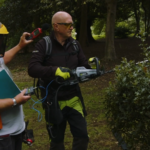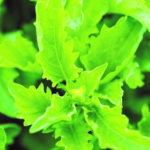Gardeners urge Brits to familiarise themselves with Japanese knotweed
Brits are being urged to familiarise themselves with the dangers of Japanese knotweed and how to identify it.
Garden experts from GardeningExpress.co.uk have revealed the tell-tale signs of the destructive weed so Brits can protect their homes and gardens.

Gardeners urge Brits to familiarise themselves with Japanese knotweed
This comes after a man was fined with a £200,000 legal bill after selling a dream home that had Japanese knotweed lurking in the garden.
Listed by the World Conservation Union as one of the world’s worst invasive species, the weed’s root system and rapid growth can damage concrete foundations, buildings, roads and paving.
Chris Bonnett from GardeningExpress.co.uk said: “Japanese knotweed can look fairly attractive with its creamy white flowers and heart-shaped leaves but it’s extremely destructive to its surroundings.
“To a lot of novice gardeners, Japanese knotweed will look normal but it can cause a lot of damage to your home by eating its way through your walls, which is why it’s important to be able to recognise it.
“If you’re still unsure on whether or not you have knotweed in your garden, then it’s best to get in touch with an experienced gardener.”
1. Red shoots
New shoots will start to emerge in the spring – these are red/purple and can look a bit like asparagus spears. The leaves are normally rolled up and dark green or red in colour.
2. Leaves
As the leaves start to spread out, they’ll become a vibrant green colour and heart/shovel-shaped with a point at the tip. Some can be as big as 20cm across and they grow staggered at the stem.
3. Flowers
In late summer and early autumn small clusters of white/cream flowers will appear. The clusters grow to approximately 0.5cm wide but up to 10cm long. The leaves will still be apparent and along with the flowers, it will create a dense foliage.
4. Stems
The stems are mostly hollow and bamboo-like, with nodes and purple speckles. The general growth habit has a distinctive zigzag appearance. Stems can also grow up to 3 metres tall. In the winter, the stems become brittle.
5. Roots/rhizome
The rhizomes are the underground part of the weed. If fresh, they will snap easily. The outside is dark brown, and the inside is usually an orange/dark yellow colour. The Japanese knotweed rhizome system can grow to depths of 2 metres and can extend up to 7 metres horizontally from the plant. As little as 0.7g of rhizome can give rise to a new plant – which is one of the reasons this weed can become such a nuisance.
For the latest industry news visit landscapingmatters.co.uk/news
Get all of the big headlines, pictures, opinions and videos on stories that matter to you.
Follow us on Twitter and Instagram for fun, fresh and engaging content.
You can also find us on Facebook for more of your must-see news, features, videos and pictures from Landscaping Matters












